-
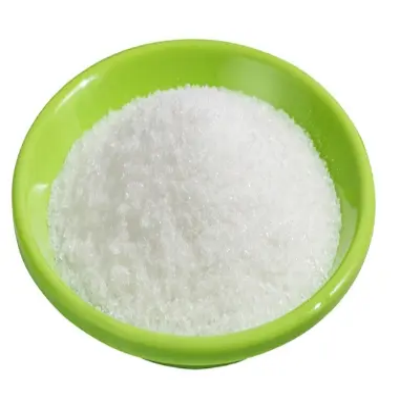
(R)-(-)-2,2-Dimethyl-1,3-dioxolane-4-methanol CAS:14347-78-5
(R) -(-)-2,2-Dimethyl-1,3-dioxolane-4-methanol is a chemical compound used in organic synthesis and industrial applications. It belongs to the class of dioxolane derivatives and is characterized by its dioxolane and methanol functional groups. This compound is synthesized as a chiral building block for producing pharmaceuticals, agrochemicals, and specialty chemicals.
-
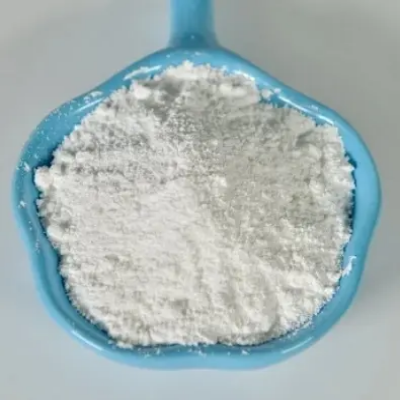
Glycine benzyl ester p-toluenesulfonate salt CAS:1738-76-7
Glycine benzyl ester p-toluenesulfonate salt is a chemical compound utilized in organic synthesis and pharmaceutical research. It is a derivative of glycine, characterized by its benzyl ester and p-toluenesulfonate groups. This compound is synthesized as an intermediate for producing pharmaceuticals and specialty chemicals.
-

(S)-1-(3-Ethoxy-4-Methoxyphenyl)-2-(Methylsulfonyl)ethylaMine N-acetyl-L-leucine salt CAS:608141-43-1
(S) -1-(3-Ethoxy-4-Methoxyphenyl)-2-(Methylsulfonyl)ethylamine N-acetyl-L-leucine salt is a chemical compound utilized in pharmaceutical research. It belongs to the class of amines and is characterized by its ethoxy, methoxy, methylsulfonyl, and acetyl-L-leucine salt functional groups. This compound is synthesized for its potential pharmacological activities, particularly in the development of new drugs targeting specific biological pathways or receptors.
-
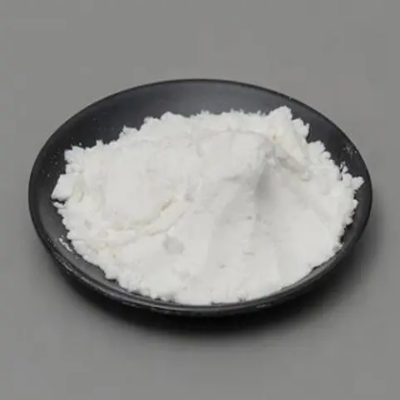
Ethyl 2-(3-cyano-4-hydroxyphenyl)-4-methyl-1,3-thiazole-5-carboxylate CAS:161798-02-3
Ethyl 2-(3-cyano-4-hydroxyphenyl)-4-methyl-1,3-thiazole-5-carboxylate is a chemical compound used in organic synthesis and pharmaceutical research. It belongs to the class of thiazole derivatives and is characterized by its ethyl ester, cyano, hydroxyphenyl, methyl, and carboxylate functional groups. This compound serves as an intermediate for producing pharmaceuticals and specialty chemicals.
-
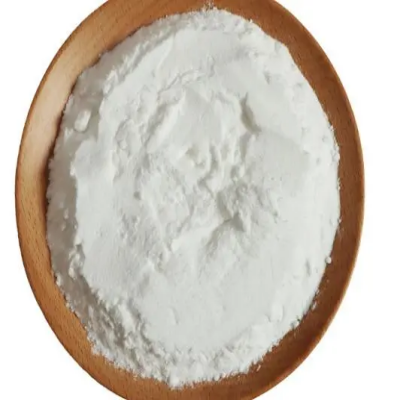
1-METHYL-3-(TRIFLUOROMETHYL)-1H-PYRAZOLE-4-CARBOXYLIC ACID CAS:113100-53-1
1-Methyl-3-(trifluoromethyl)-1H-pyrazole-4-carboxylic acid is a chemical compound with the molecular formula C6H5F3N2O2. It belongs to the class of pyrazole derivatives and is characterized by a carboxylic acid group substituted with a trifluoromethyl and a methyl group on a pyrazole ring structure. This compound is of significant interest in medicinal chemistry due to its unique structural features and potential applications in pharmaceutical research.
-
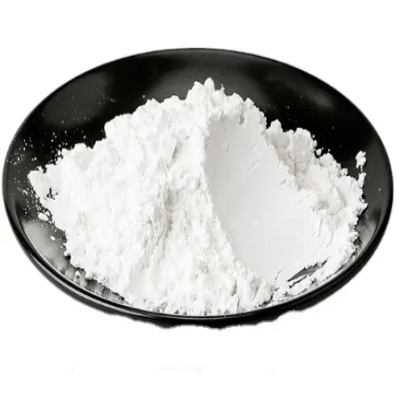
3-(Difluoromethyl)-1-methyl-1H-pyrazole-4-carboxylic acid CAS:176969-34-9
3-(Difluoromethyl)-1-methyl-1H-pyrazole-4-carboxylic acid is a chemical compound with a molecular formula C6H6F2N2O2. It belongs to the class of pyrazole derivatives and features a carboxylic acid functional group substituted with a difluoromethyl and a methyl group on a pyrazole ring structure. This compound is notable for its potential pharmaceutical applications due to its structural features, which can influence biological activity.
-

2-(3-formyl-4-isobutoxyphenyl)-4-methylthiazole-5-carboxylate CAS:161798-03-4
2-(3-Formyl-4-isobutoxyphenyl)-4-methylthiazole-5-carboxylate is a chemical compound with the molecular formula C14H15NO3S. It belongs to the class of thiazole derivatives and is characterized by a thiazole ring structure substituted with a formyl group, an isobutoxyphenyl group, and an ester moiety. This compound is of significant interest in medicinal chemistry and pharmaceutical research due to its unique structural features and potential applications.
-
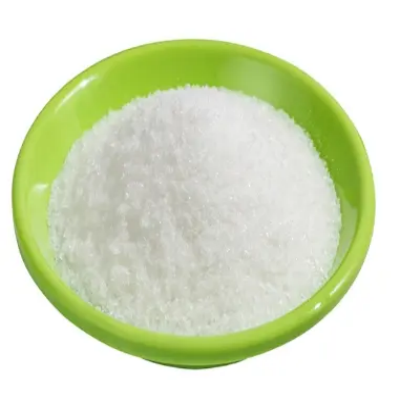
2-(4-hydroxyphenyl)-4-Methyl-5-Thiazolecarboxylicacid ethyl ester CAS:161797-99-5
2-(4-Hydroxyphenyl)-4-Methyl-5-Thiazolecarboxylic Acid Ethyl Ester is a chemical compound with the molecular formula C12H11NO3S. It falls into the category of thiazole derivatives and is characterized by a thiazole ring structure with a hydroxyphenyl and an ethyl ester group attached. This compound holds significant interest in medicinal chemistry and pharmaceutical research due to its unique structural features and potential applications.
-
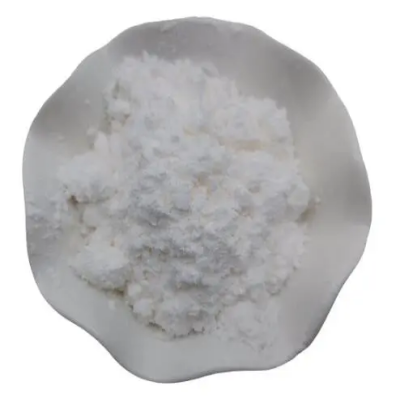
4-Iodo-1-chloro-2-(4-ethoxybenzyl)benzene CAS:1103738-29-9
Synthesized through specialized organic methods, 4-iodo-1-chloro-2-(4-ethoxybenzyl)benzene features a complex structure crucial for its various applications. The presence of iodo, chloro, and 4-ethoxybenzyl substituents on the benzene ring influences its chemical reactivity, solubility, and interactions in biological systems. These structural characteristics are fundamental for understanding its pharmacological profile and potential therapeutic uses.
-
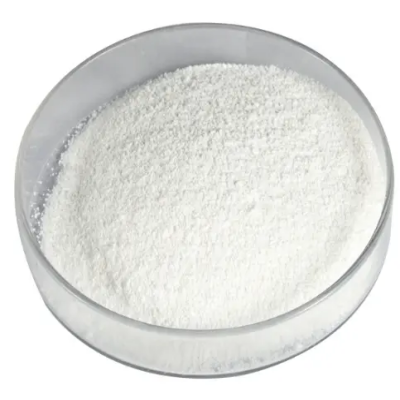
2-(3-cyano-4-isobutoxyphenyl)-4-methyl-5-thiazolecarboxylate CAS:160844-75-7
2-(3-Cyano-4-isobutoxyphenyl)-4-methyl-5-thiazolecarboxylate is a chemical compound with the molecular formula C14H15NO3S. It belongs to the class of thiazole derivatives and is characterized by a thiazole ring structure substituted with a cyano group, an isobutoxyphenyl group, and an ester moiety. This compound is of significant interest in medicinal chemistry and pharmaceutical research due to its unique structural features and potential applications.
-
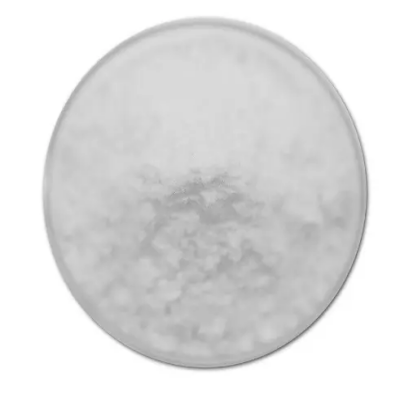
8-Bromo-3-methyl-xanthine CAS:93703-24-3
8-Bromo-3-methyl-xanthine, with the molecular formula C7H7BrN4O2, is a chemical compound classified under xanthine derivatives. It features a xanthine core substituted with bromine at position 8 and a methyl group at position 3. This compound is of significant interest in medicinal chemistry and pharmaceutical research due to its unique structural features and potential applications in drug development.
-
![(2R,3R,4R,5S,6S)-2-(Acetoxymethyl)-6-[4-chloro-3-(4-ethoxybenzyl)phenyl]tetrahydropyran-3,4,5-triyl Triacetate CAS:461432-25-7](https://cdn.globalso.com/xindaobiotech/14Z4YR3PJ6@V5_YM304.png)
(2R,3R,4R,5S,6S)-2-(Acetoxymethyl)-6-[4-chloro-3-(4-ethoxybenzyl)phenyl]tetrahydropyran-3,4,5-triyl Triacetate CAS:461432-25-7
(2R,3R,4R,5S,6S)-2-(Acetoxymethyl)-6-[4-chloro-3-(4-ethoxybenzyl)phenyl]tetrahydropyran-3,4,5-triyl Triacetate, with the molecular formula C24H29ClO8, is a chemical compound classified under tetrahydropyran derivatives. It features a complex structure incorporating a tetrahydropyran ring substituted with an acetoxymethyl group and a phenyl ring bearing chloro and 4-ethoxybenzyl substituents. This compound exhibits intriguing chemical properties that make it valuable in organic synthesis and potentially in pharmaceutical applications.

